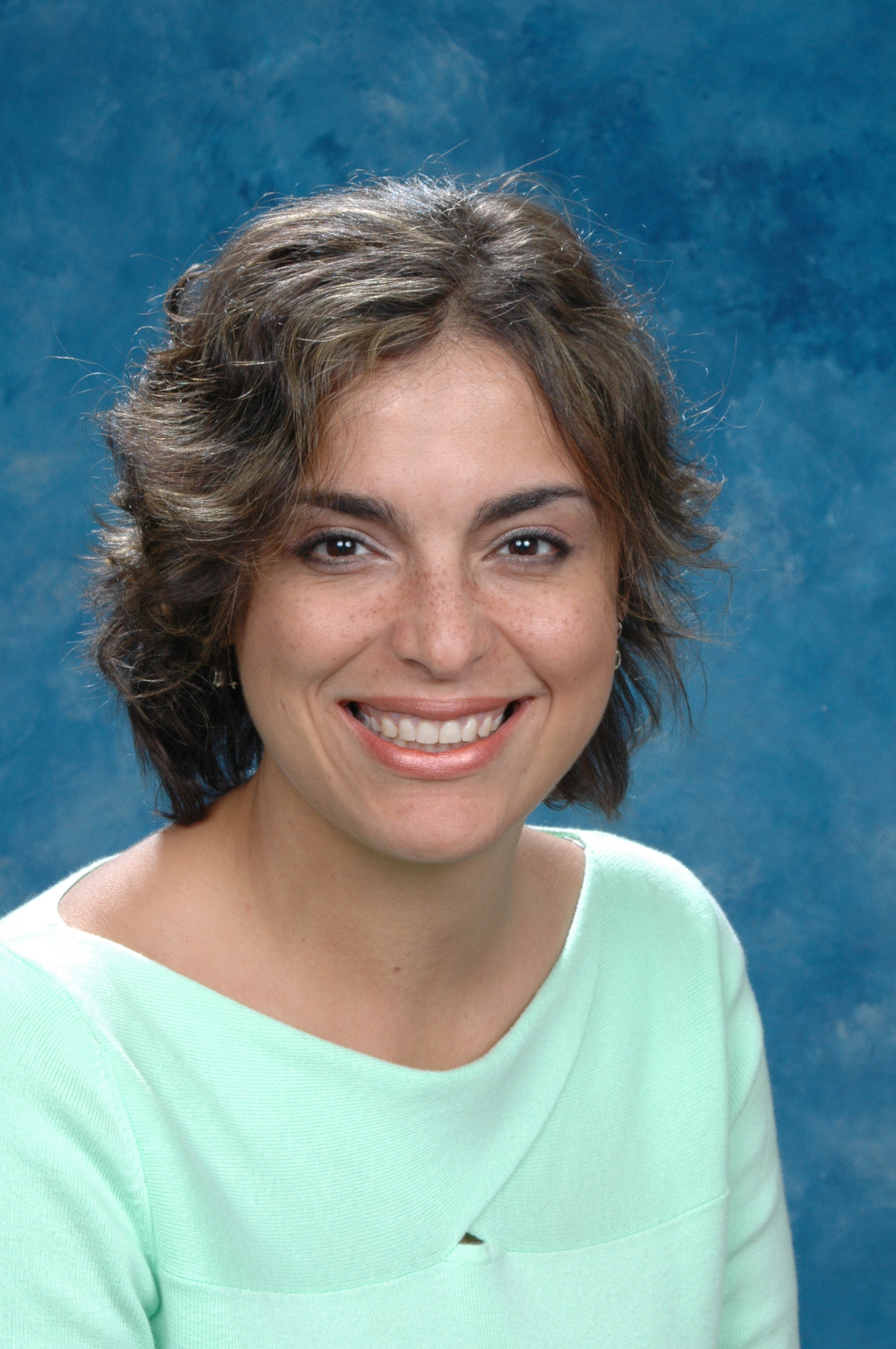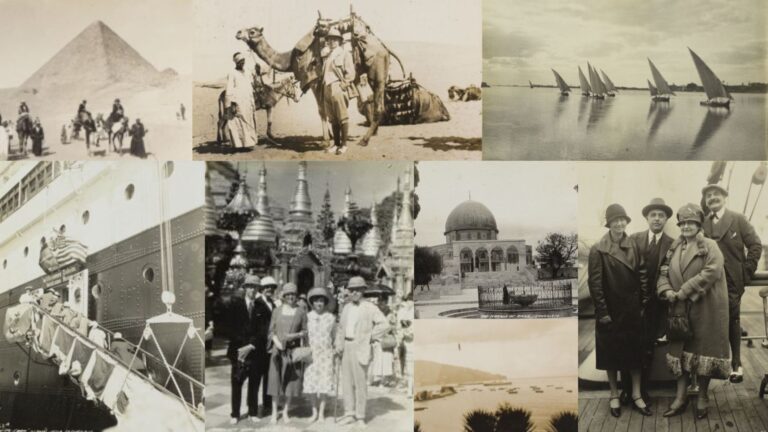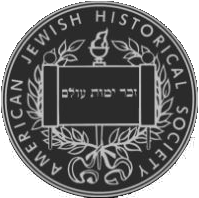February is the month of love! Unfortunately, the dark side of love is death.
“…until death do us part…” is often a phrase from Christian wedding ceremonies but may honestly be used in any situation involving the loss of family, friends or even dearly departed animals. Mementos of our loved ones have been created for generations. A beautiful exhibit recently at New York University’s Balkans Center concentrated on ritual objects, particularly those used in the Iron Age as burial ornaments for the dead in Ritual and Memory: The Ancient Balkans and Beyond.
Here, we highlight a small collection of jewelry made to commemorate the death of Rachel Seixas Peixotto (1798-1861), held by the American Jewish Historical Society. This collection of jewelry was donated in 1933 by Alice Davis Menken, a descendant of the Peixotto family.
Rachel was married to Dr. Daniel Moses Levy Peixotto, the first Jewish doctor in Ohio. Daniel and Rachel had eight children: Judith, Sarah, Moses Levy Maduro II, Rebecca, Benjamin Franklin, and Miriam. Her son Benjamin Franklin Peixotto would go on to found the Hebrew Benevolent Society, the first B’nai B’rith lodge in Cleveland, and the Jewish Orphan Asylum. He would later become a lawyer in New York, and was appointed by President Ulysses S. Grant as American consul to Romania. The AJHS also holds the death mask of Benjamin, an image of which can be viewed at the United States National Portrait Gallery. Rachel’s daughter Miriam would become the mother of Alice Davis Menken; the well known social worker and advocate for prison reform. Menken had an impressive career and would ultimately be appointed by New York Governor Alfred Smith to the board of the New York State Reformatory for Women, and the National Committee for Prisons and Prison Labor.
Sadly, we have little information about Rachel Seixas Peixotto herself. Rachel Seixas was descended from Isaac Mendez Seixas and was a daughter of Benjamin Mendez. The Seixas family was one of the most prominent Jewish families in the New World, hailing from Spanish and Portuguese Jewry. Her ancestor, Gershom Mendez Seixas, founded Congregation Shearith Israel. Our memorial collection consists of three items: a bone ivory and hair brooch inscribed with Rachel’s grave and initials (R.S.P), a brooch of plated hair, and a memorial yahrzeit lamp (not pictured). We do not know exactly when these objects were created, but in Jewish tradition, memorial yahrzeit candles are lit on the year anniversary of a loved one’s passing, so it is presumed these brooches were created a year after Rachel’s death in 1861. However, the brooch of her grave and initials may have been created later in the century. The collection consists of two additional non-mourning jewelry pieces: a stickpin and cameo brooch of three little boys playing on a cart.
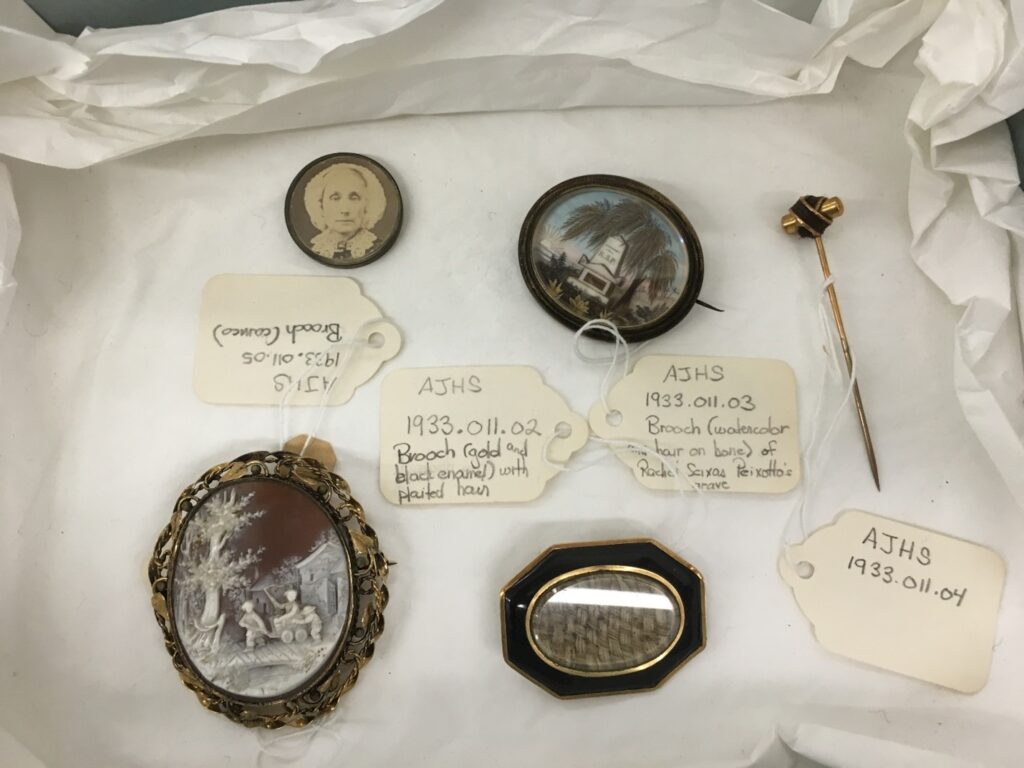
Queen Victoria’s era (1819-1901) was known for mourning jewelry created from hair, as noted in this article by Allison C. Meyer, “How Victorians Mourned Loved Ones Through Hair Jewelry” from Art and Object. “Hair has a long history of being a keepsake,” notes Dr. Debra Schimdt Bach, Curator of Decorative Arts at the New-York Historical Society. The brooch on the left, below, looks at first glance as if it is painted, but in actuality is made with human hair as outlined by this blog post from A. Brandt+Son Antique and Estate Jewelry regarding an 1880 mourning brooch that looks similar to Rachel’s.
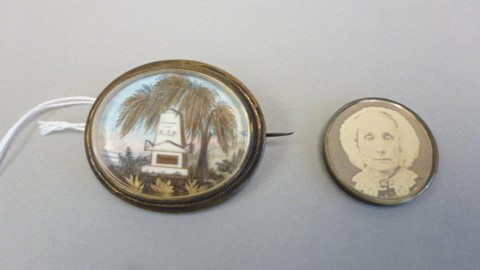
The tree and foliage may have been made of Rachel’s hair. For more information on this type of jewelry, designer Dominique Flux has an informative video on the history of the genre.
In today’s modern era, keeping a lock of a deceased person’s hair is not uncommon. In fact, Prince Harry mentioned in his recent autobiography, Spare, that his Aunt Sarah clipped locks of Princess Diana’s hair to give to her sons after her death. However, jewelry is not necessarily created from these locks in the 21st Century. There are other memorials that you may see in the modern era: t-shirts, murals, and picture lockets. What other modern-day items of Jewish and non-Jewish mourning are you aware of?
Sources:
Hays, Daniel Peixotto. “DANIEL L. M. PEIXOTTO, M. D.” Publications of the American Jewish Historical Society, no. 26 (1918): 219–30. http://www.jstor.org/stable/43059310.

